May 30, 2025 | 07:23 GMT +7
May 30, 2025 | 07:23 GMT +7
Hotline: 0913.378.918
May 30, 2025 | 07:23 GMT +7
Hotline: 0913.378.918
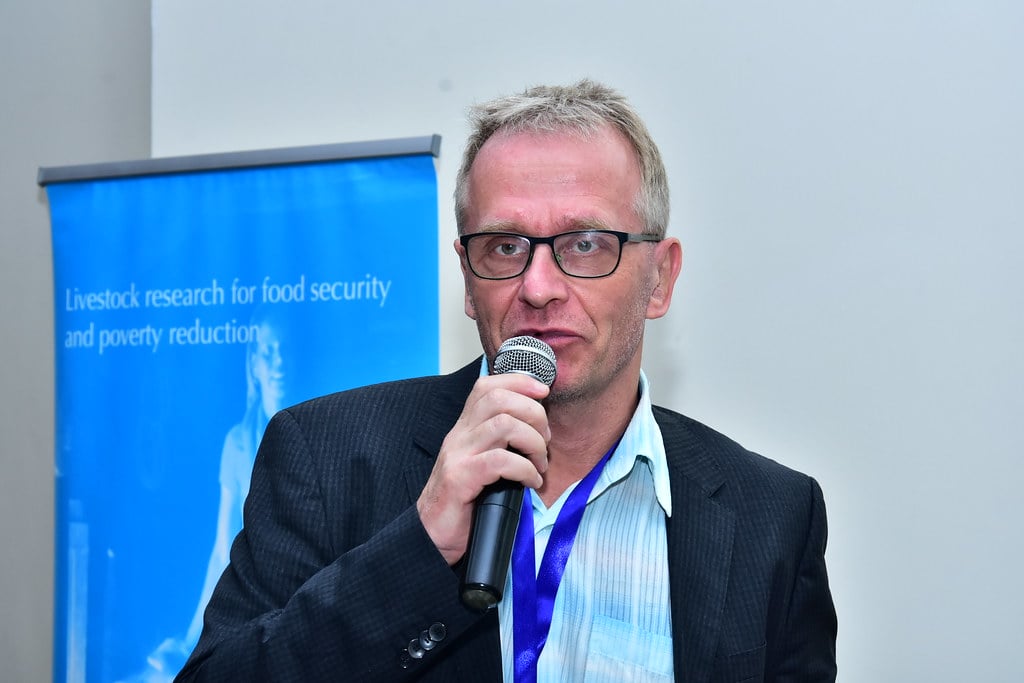
Dr. Fred UNGER, Regional Representative ILRI East and SE Asia.
Food-related illnesses are common globally, especially in developing countries. Every year, it is estimated that 1 in 10 people suffer from this disease. Most cases are mild, but many can become severe and even fatal.
According to a survey by the International Livestock Research Institute (ILRI), a center affiliated with CGIAR, the group of people most at risk of food-related illness is the group of children under 5 years old and the elderly 65 years and older. , pregnant women, and people with underlying medical conditions.
In Vietnam, bacteria are one of the common causes of food poisoning, such as E.coli, Salmonella... Symptoms of bacterial food poisoning usually appear from 12 to 72 hours after when eat. Common symptoms are diarrhea, abdominal pain, vomiting lasting 1-7 days, fever, nausea, and fatigue.
As the most consumed meat in Vietnam, pork has a high Salmonella infection rate. It is estimated that 1-2 people in 10 Vietnamese are at risk of being infected with Salmonella yearly. The main route of infection is through food consumption; contaminated water during production, processing, storage, and consumption.
Through the study “Market-based approaches to improving pork safety in Vietnam” (SafePORK), funded by the Australian Center for International Agricultural Research (ACIAR), ILRI and University partners Public Health, the Vietnam Academy of Agriculture, the Institute of Livestock Production and the University of Sydney discovered that the process of raising, cleaning, slaughtering, market selling and household processing all pose risks cause food insecurity.
Specifically, 30% of the samples were taken at the market; 48.9% at the farm, and 41.8% at slaughterhouses were positive for Campylobacter bacteria. Testing for Salmonella bacteria, 44.4% of samples in the market, 50% of samples from slaughterhouses, and 21.7% of representatives from the farm were contaminated with this microorganism. With E.coli, 100% of the samples were infected.

Pork is the most consumed meat in Vietnam.
The SafePORK team has implemented simple interventions and built the capacity to reduce Salmonella contamination in the pork chain. The leading causes of unsafe pork are poor hygiene, improper storage and processing, prolonged transport time, disease, and pork of unknown origin.
From there, the team implemented an intervention by cleaning slaughterhouses and traditional markets - locations with high levels of microbiological contamination.
At slaughterhouses, the group recommends using stainless steel floor plates to avoid direct contact of pork with the floor, increasing hand and tool washing during the massacre, and separating clean-dirty areas to reduce carcass contamination.
At the pork counter, measures include separating raw pork, cooked meat, and offal; also regularly cleaning and disinfecting surfaces, tools, and salesperson's hands.
Thanks to these integrated measures, the Salmonella infection rate in pork at the market decreased from 52% to 24%.
In addition to interventions to reduce the risk of Salmonella contamination, experts are particularly urging consumers to take simple steps to help prevent food poisoning. These are: Washing hands, utensils, and kitchen surfaces frequently when cooking, especially when handling raw meat, helps prevent bacterial cross-contamination at home, keeping fresh fruits and vegetables, raw meat, seafood, and eggs separate during meal preparation and storage.
Meat processors must use separate utensils, cutting boards, and dishes for raw meat and vegetables. In addition, perishable foods and leftovers must be refrigerated within 2 hours to prevent bacterial growth.
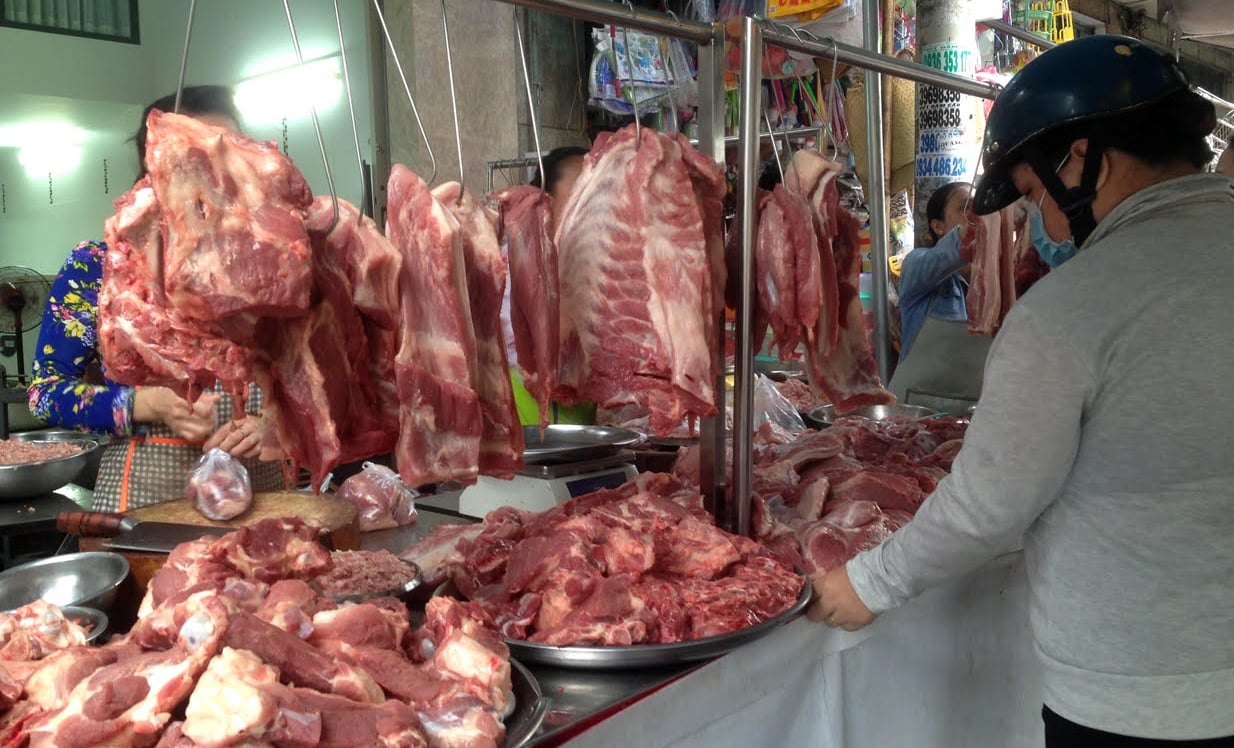
Behavioral interventions in the traditional market can help reduce the incidence of bacterial contamination in pork.
Along with the criteria of hygiene, food in general and pork in particular need to ensure safety factors. That is, pork does not contain dangerous substances harmful to human health, such as residues of antibiotics and chemicals.
For example, when we boil pork, we see the water turns green thanks to it. It is due to residual copper sulfate. This substance helps animals gain weight quickly, but because they eat every day, they cannot fully digest it, so they gradually absorb the meat's fibers.
Or households now often slaughter by manual methods, causing pain to animals. At that time, the substance Akrilalin or Cortison is born and increases in the blood, making the animal afraid, angry, and stressed. These substances seep into the bloodstream, causing food to not keep for long and lose its original flavor.
For pork to be safe, chains need to be formed from farmers, cooperatives, slaughterhouses, collectors, and butchers.
On that basis, the SafePORK research team chose a comprehensive approach based on the good practice of farmers and traders and how to choose safe pork through the external characteristics of the meat. Consumers are guided on 7 criteria for choosing safe meat, 5 ways to safely store meat in the refrigerator and defrost meat, and 10 golden rules in processing and preserving meat at home.
Simple household interventions are essential in ensuring food safety from producer to consumer.
Dr. Fred Unger, ILRI Representative in East and Southeast Asia said that safe food allows consumers to absorb nutrients, promotes long-term human development, and helps achieve some sustainable development goals.
"Food safety is a shared responsibility involving the entire supply chain. Today, most food-borne illnesses are preventable through hygienic handling, storage, and enhanced awareness fortification of chain actors about good hygiene practices", he emphasized.
June 7 every year is chosen by the World Health Organization (WHO) as World Food Safety Day. Responding to this day, many localities nationwide launched Action Month for food safety, with many meaningful and practical actions.
Translated by Ha Phuc

(VAN) Ms. Nguyen Thi Dung, Deputy Director of Ngoc Hoang Cooperative, shared about the journey of bringing dragon fruit to Europe, achieving annual revenues in the billions of VND.
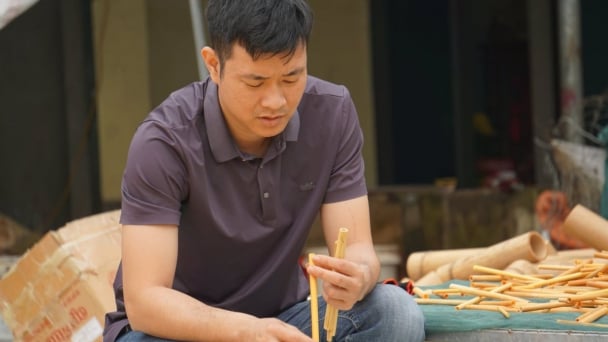
(VAN) Bamboo products from Thang Tho Bamboo Cooperative have reached many countries around the world, while also creating jobs for local workers.

(VAN) The Management Board of Con Dao National Park reported that a green sea turtle, tagged in the Philippines, has traveled thousands of kilometers to lay 84 eggs on Bay Canh Islet.
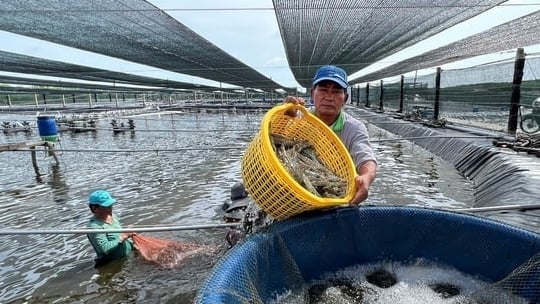
(VAN) Green technology is paving a new path for sustainable aquaculture in the Mekong Delta in particular and across the country in general, helping reduce emissions and adapt to climate change.
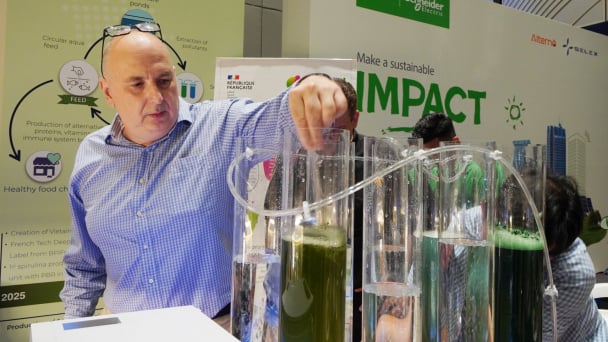
(VAN) On May 27, La French Tech Vietnam (the French startup and innovation community in Vietnam) held the French Tech Summit Vietnam 2025.
/2025/05/27/4731-2-223159_980.jpg)
(VAN) No votive paper, no styrofoam, no plastic bags, no plastic bottles, and no single-use plastic trays are the key rules tourists should keep in mind when visiting Con Dao.
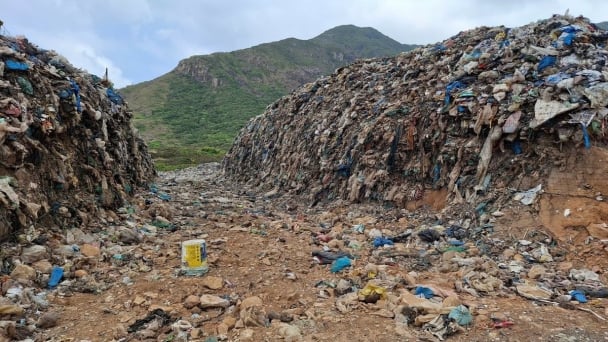
(VAN) In the fight against plastic pollution, Vietnam has been demonstrating a proactive, pioneering, and active role in addressing the greatest environmental challenge today.